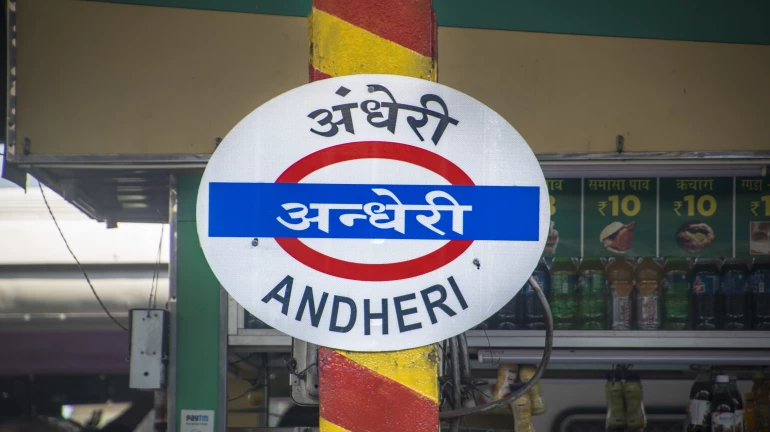
In a bid to ease congestion and improve pedestrian safety, extensive encroachments surrounding Andheri Station have been cleared in a major civic drive undertaken over the past few months. The move has been welcomed by commuters and residents alike, who had long struggled with overcrowded footpaths and traffic snarls in the area.
The initiative was carried out jointly by the Brihanmumbai Municipal Corporation (BMC) and the Mumbai Police, under the active supervision of the local administration. Multiple key roads in the vicinity of the station, including SV Road, JP Road, Masjid Galli, Gazdar Road, and MA Road, were freed from illegal structures that had occupied public space for years.
According to local representatives, the operation was facilitated by the consistent efforts of BJP MLA Ameet Satam. The encroachments, some of which had been in place for decades, were finally dismantled as part of a larger plan to decongest the station zone and provide more walking space to thousands of daily commuters. The area, which houses a major railway junction, metro station, and bus depot, had been witnessing severe congestion due to unregulated footpath usage and unauthorized stalls.
The clearance of these encroachments has been seen as a step toward reclaiming public space and reducing pressure on traffic authorities. Improved visibility and road width are now being experienced across these arterial stretches, and pedestrian access has been made significantly safer.
In a related development, a long-standing hurdle affecting redevelopment in the D N Nagar and Gulmohar areas of Andheri West is being addressed. The Maharashtra government, through Industries Minister Uday Samant, has announced that the land allocation process required for the relocation of high-frequency transmission towers will be completed within three months. These towers, operated by the Airport Authority of India (AAI), had imposed building height restrictions across a wide radius, capping construction at 32 metres—approximately seven to eight floors.
Due to this limitation, redevelopment projects had been stalled, leaving around 400 residential buildings in a state of limbo. No takers had come forward for redevelopment, owing to the economic unviability of low-rise construction. The issue had been raised in the legislative assembly through a calling attention motion by MLA Ameet Satam.





